While many individuals are content to cook over a campfire and sleep in a tent, some people would rather glamp. All the advantages of camping are there with glamping, but it's usually more comfortable.
Many purists contend that camping isn't truly camping if you're not sharing a bed with the elements and dealing with the elements.
Accommodations and facilities
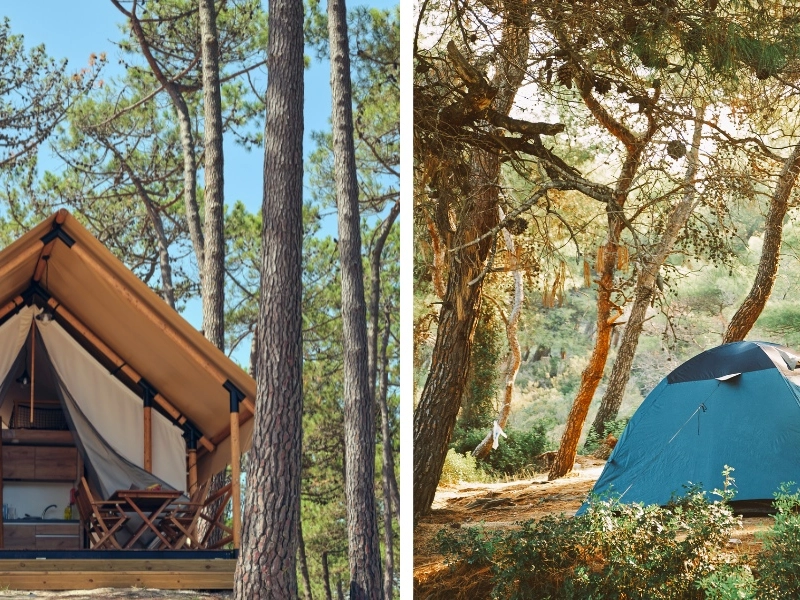
Glamping is the practice of spending the night in an outdoor dwelling that is more comfortable than a tent, yurt, or other type of outdoor construction. Numerous glamping locations provide distinctive lodgings that highlight the regional way of life and surroundings. For example, glampers can stay in a treehouse surrounded by forest or in opulent tents tucked among vines in a vineyard region.
Some people prefer to sleep comfortably in a cabin, RV, or Airstream trailer, while others are used to roughing it out when camping. These tourists can enjoy the most luxurious way to explore nature without worrying about a lack of conveniences or services when they go glamping.
Glamping tents are usually roomier and bigger than regular camping tents. Furthermore, the majority of glamping tents come equipped with contemporary conveniences like cozy mattresses and power. Additionally, most glamping tents have temperature controls, which makes them an excellent option for any season. For individuals who prefer a real outdoor experience, several glamping locations may also provide more basic and rustic tents.
Things to Do and Things Seen

Even though glamping is more opulent than traditional camping, visitors may still take advantage of all that nature and outdoor activities have to offer. Glampers have access to hiking, canoeing, and kayaking, among other activities. There might be chances for mountain biking and equestrian riding, too, depending on the area.
Glamping lessens the impact of a vacation on the environment, which is another advantage. Glamping minimizes the need to create new campsites and lessens the impact on the environment by sleeping in prefabricated, transient buildings.
All ages of travelers are becoming more and more interested in the glamping trend. The 2019 KOA Camping Report indicates that both baby boomers and millennials are open to trying out different kinds of camping. The outdoors appeals to both generations, who are looking for vacations where they can unplug from electronics. While baby boomers are fascinated by glamping's ability to blend luxury and adventure, millennials value its distinctive housing options.
Lunches and Cooking
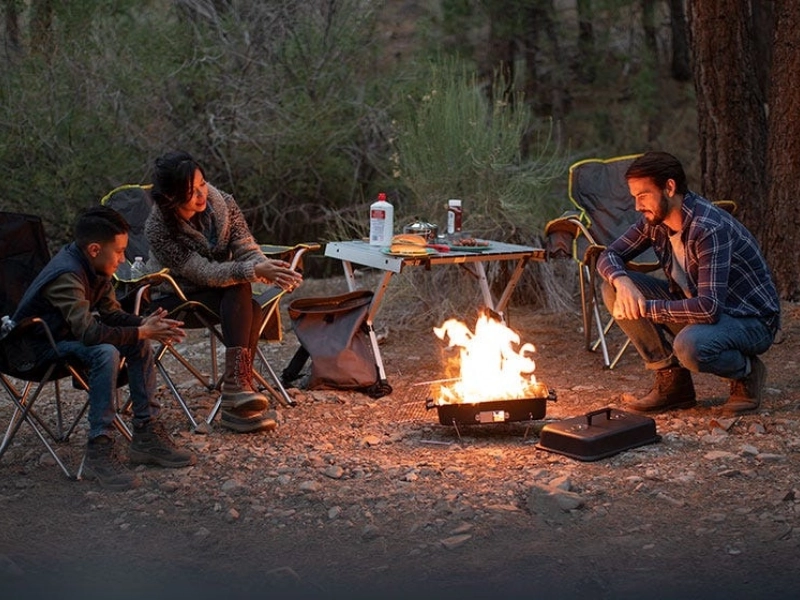
Glamping is becoming more and more popular, providing nature lovers with a chance to appreciate the outdoors without sacrificing contemporary conveniences. Glamping offers countless possibilities, ranging from opulent treehouses to safari tents. This kind of outdoor experience, which is a combination of glamor and camping, is perfect for anyone who wants to enjoy the beauty of nature in a more laid-back manner.
A lot of glamping locations offer their visitors cooking and eating options right on the property, which can simplify and improve your experience. On the other hand, cooking for yourself while camping may also be a fulfilling and enjoyable experience.
One more distinction between typical camping and glamping is the level of safety in your surroundings. Staying in an RV or other glamping accommodation usually gives you more protection against wildlife critters than a tent; however, this might vary from camper to camper. This can be quite advantageous, particularly if you are hosting little children or other susceptible individuals.
Technology
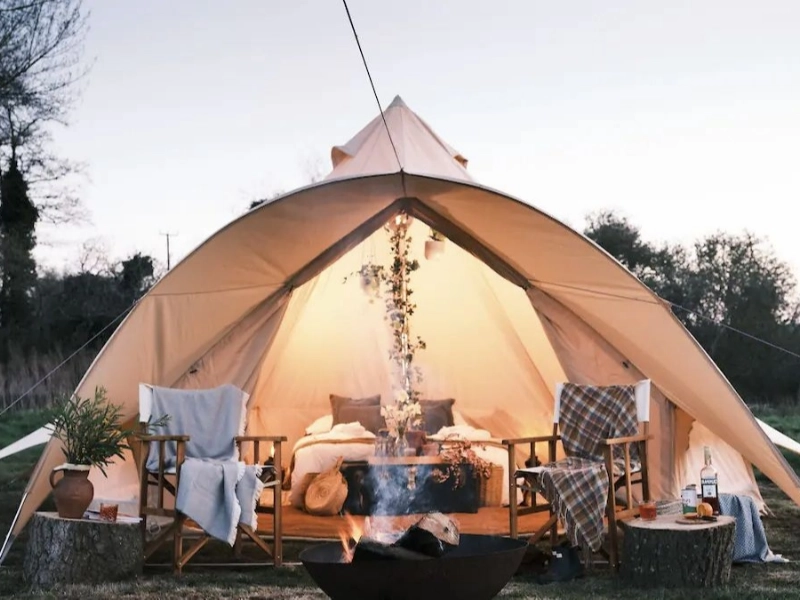
Glamping sites frequently allow guests access to technology, including digital cameras and cell phones. This is due to the fact that a lot of campers want to get away from the continual distractions of contemporary life and have a closer, more personal encounter with the natural world.
Glamping offers an exceptionally wide range of alternatives in contrast to regular camping, where campgrounds are typically more or less uniform in terms of layout and facilities. These can take many different forms, such as treehouses, transformed double-decker buses, transformed Bedouin tents, and even a castle straight out of a fairy tale.
Glamping also gives visitors the chance to discover more about the native environment of the place they are visiting. For instance, a lot of glamping locations provide their visitors with the opportunity to participate in naturalist-led treks. As a result, they are able to appreciate the area more fully and support eco-friendly travel strategies. Glamping also helps regional farmers and producers by introducing visitors to goods they can buy while there. These could include produce that is cultivated and gathered nearby, honey, eggs, and other goods.

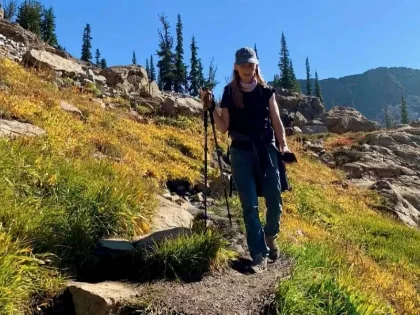
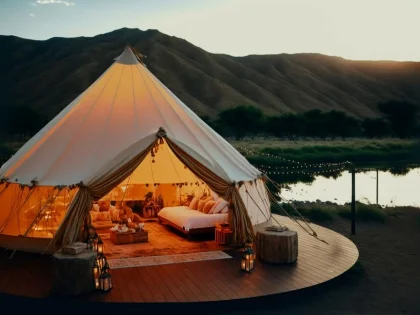
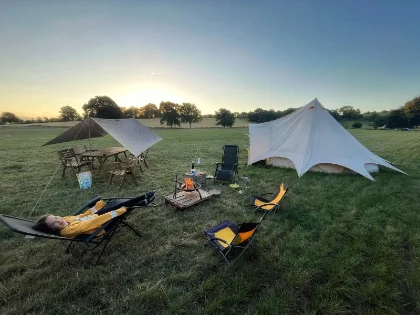

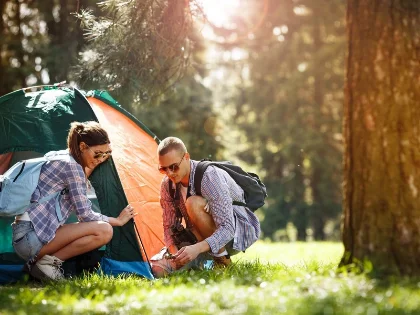
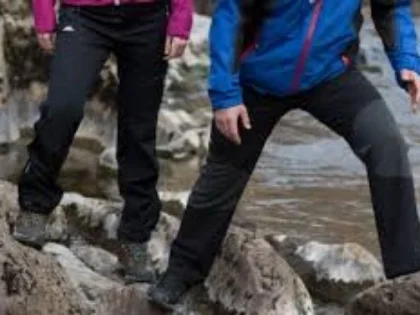
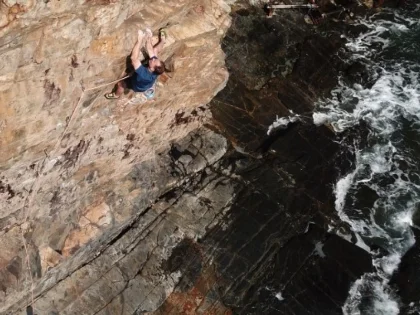
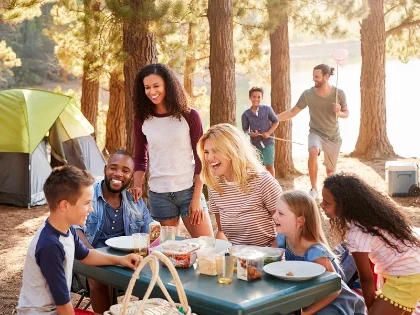

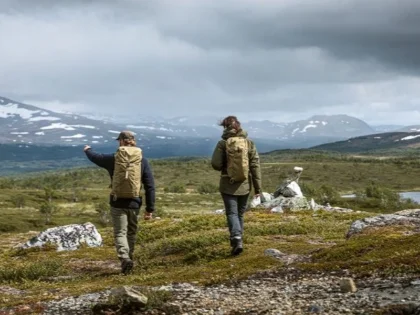
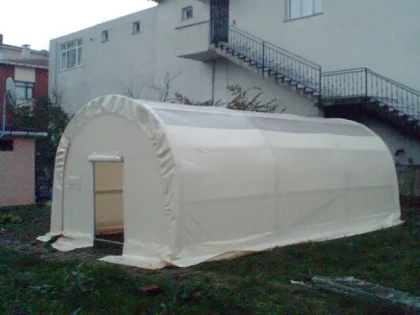




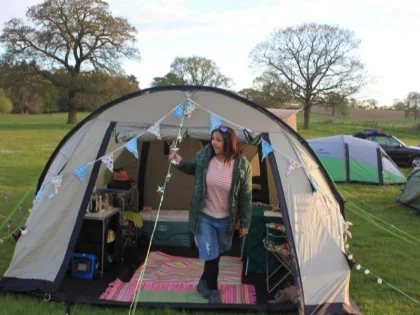
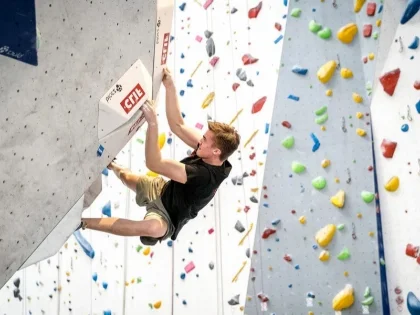
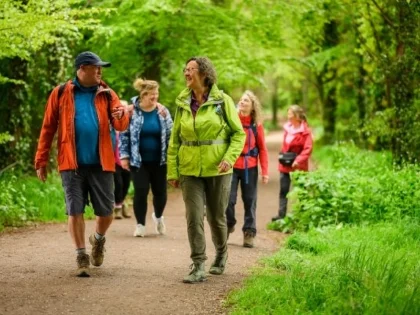

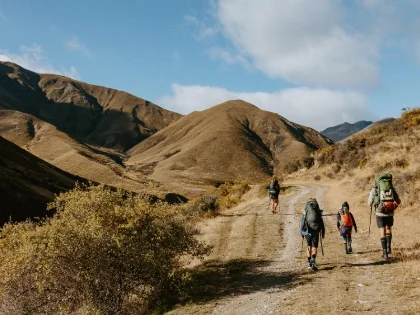
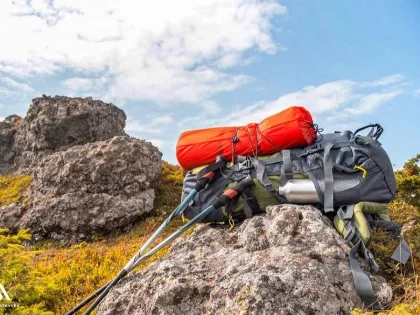


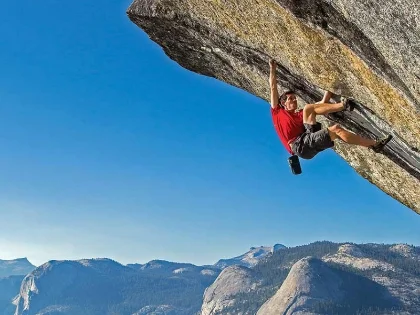
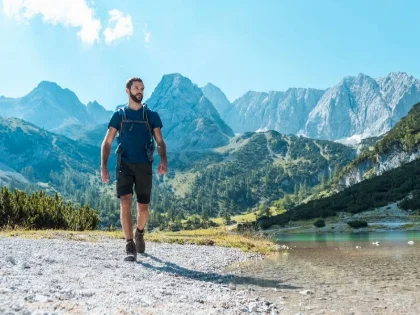
Comments
Leave a Comment
Your email address will not be published. Required fields are marked *